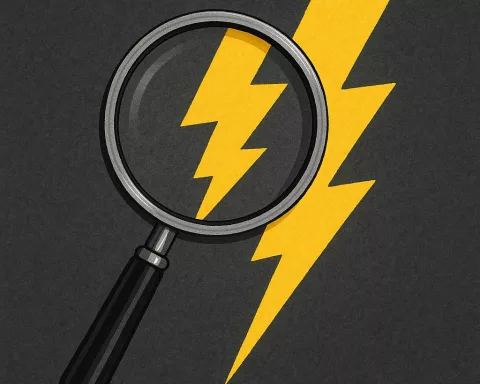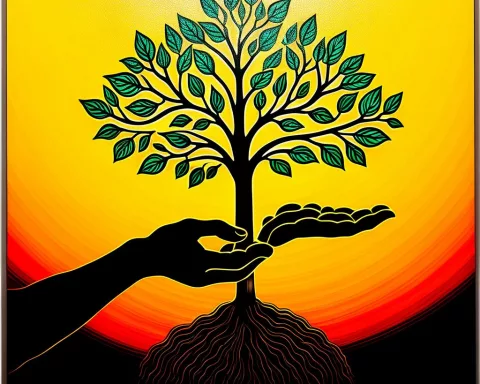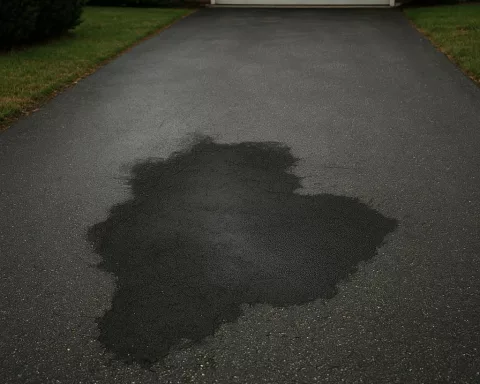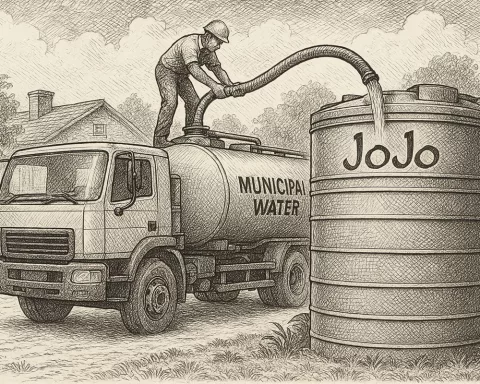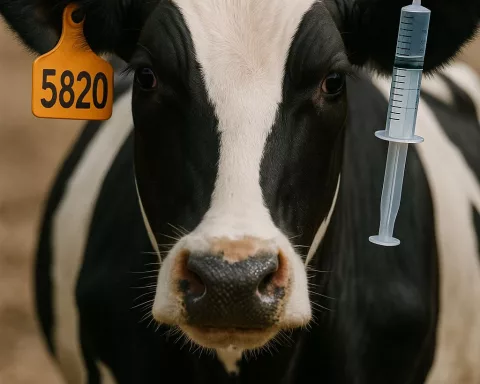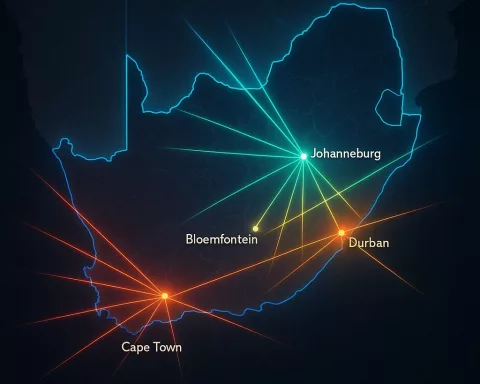In Wallacedene, South Africa, the community is fighting hard for equal education. At Solomon Mahlangu Primary School, students face crumbling buildings, no playgrounds, and missing resources, while nearby Blue Ridge Primary has everything they need. Parents organized a powerful protest, moving desks to show their demand for better conditions for their kids. This struggle highlights deep-rooted inequalities in South Africa’s education system and the community’s determination to secure a brighter future for their children. The events in Wallacedene reflect a larger battle for fairness and justice in education, making their fight a symbol of hope for many.
What are the challenges for educational equity in Wallacedene, South Africa?
The Wallacedene community faces significant challenges in educational equity, including inadequate school infrastructure, lack of essential resources, and systemic neglect by the Western Cape Education Department. Protests highlight their demand for improved conditions at Solomon Mahlangu Primary School compared to Blue Ridge Primary School.
The unfolding drama in Wallacedene, Kraaifontein, serves as a profound reflection of the educational landscape in South Africa, highlighting issues of community activism, institutional struggle, and the relentless pursuit of educational equity. Recent events in this community have brought to light the urgent need for resources and fairness in education, as exemplified by the dramatic protest involving the relocation of school furniture. This incident not only reveals the challenges faced by South African schools but also underscores the community’s resolve in advocating for their children’s right to quality education.
A Symbolic Protest
In the early days of January, a scene of remarkable resolve unfolded outside Solomon Mahlangu Primary School. The community, led by determined parents, orchestrated a symbolic protest by physically transporting desks across Thakudi Street to the newly established Blue Ridge Primary School. This act transcended mere protest, symbolizing the community’s unwavering demand for an improved learning environment for their children. Over two days, the protestors blocked school entrances, emphasizing the tension between the community’s demands and the priorities of educational institutions.
The crux of the community’s dissatisfaction stems from the glaring inequality between Solomon Mahlangu and Blue Ridge Primary Schools. While Blue Ridge started its academic year on January 15 with adequate space and modern facilities, Solomon Mahlangu continued to suffer from inadequate infrastructure. Essential amenities such as computer and science labs, a library, and even a playground are conspicuously absent, mirroring the historical inequities endemic to South Africa’s educational system. The lack of resources in Solomon Mahlangu serves as a reminder of the systemic challenges that persist in providing equitable education to all students.
Parents have openly expressed their dissatisfaction with both the educational environment and their children’s living conditions. Patricia Jola, a concerned parent, vividly described how meetings and ceremonies had to take place outdoors, regardless of the weather. The school’s infrastructure issues, including leaks and extreme heat, contribute to the students’ difficulties, resulting in wet study materials and, in severe cases, children fainting from heat exposure. These dire conditions stand in stark contrast to Blue Ridge’s modern classrooms, amplifying the sense of injustice felt by the community.
Institutional Challenges and Community Action
The Western Cape Education Department (WCED) has found itself at the center of this educational crisis, facing accusations of neglecting local students in favor of those from outside Wallacedene. Community leader Chippa Arosi pointed out a communication breakdown, noting that the task team formed to oversee the school transition did not receive the necessary departmental engagement. This lack of communication has exacerbated community frustration, compelling them to take decisive action to address their grievances.
In defense, WCED spokesperson Bronagh Hammond denied allegations of neglect, maintaining that the department had indeed communicated with the task team. She expressed concern over the disruption to students’ education rights, suggesting that the protests were driven by a few community members with specific demands. Although the department proposed enrollment at Blue Ridge for grades R to 3, parents insisted on extending this offer to all grades, seeking comprehensive access to the superior educational resources available.
Hammond emphasized that Blue Ridge is intended as an additional resource rather than a replacement for Solomon Mahlangu. This key point highlights the ongoing debate about resource allocation and educational equity in South Africa. The department’s firm stance against threats to close schools underscores the delicate balance between maintaining educational order and addressing legitimate community concerns. Wallacedene’s situation reflects broader themes within South Africa’s educational history, where communities have persistently fought for their children’s right to quality education.
Historical Context and Broader Implications
Education in South Africa has long served as a battleground for social justice, its roots deeply entwined with the apartheid era and the systemic inequalities it entrenched. The legacy of this period continues to influence current educational policies and the distribution of resources across the nation. The events in Wallacedene resonate with historical movements aimed at dismantling entrenched inequalities and building a more equitable educational landscape.
This narrative similarly echoes themes found in artistic and cultural movements that have sought to amplify marginalized voices. Just as artists challenge societal norms through their work, the parents of Wallacedene leverage protest as a powerful form of expression and demand for justice. Their actions contribute to a larger narrative of empowerment and community engagement, reflecting a steadfast determination to secure a brighter future for their children.
The story emerging from Wallacedene encapsulates the broader challenges confronting South African education. It highlights the ongoing struggle for resources, fairness, and the fundamental right to a conducive learning environment. As this community’s journey unfolds, it serves as a poignant reminder to society of the enduring significance of education as a cornerstone of social development and justice. The eyes of the nation remain fixed on Wallacedene, observing how this local struggle speaks volumes about the universal quest for educational equity.
FAQ: Struggles for Equity in South African Education – The Wallacedene Story
What are the primary challenges facing education in Wallacedene?
The Wallacedene community is grappling with significant challenges related to educational equity, including deteriorating school infrastructure at Solomon Mahlangu Primary School, a lack of essential resources, and systemic neglect by the Western Cape Education Department. These issues starkly contrast with the well-resourced Blue Ridge Primary School nearby, highlighting the deep-rooted inequalities in the education system.
Why did the parents organize a protest at Solomon Mahlangu Primary School?
Parents organized a protest to demand better educational conditions for their children. The protest included physically moving desks to Blue Ridge Primary School, symbolizing their demand for improved learning environments and resources. This action highlighted the community’s frustration with the disparities between the two schools and their commitment to advocating for quality education.
What specific conditions at Solomon Mahlangu Primary School are causing concern?
The conditions at Solomon Mahlangu Primary School are alarming due to the lack of basic facilities such as computer and science labs, a library, and playgrounds. Infrastructure issues, including leaks and extreme heat, lead to uncomfortable learning environments, prompting complaints from parents about the impact on their children’s health and education.
How has the Western Cape Education Department responded to these issues?
The Western Cape Education Department (WCED) has faced criticism for perceived neglect of the Wallacedene community. While WCED officials deny allegations of neglect, they acknowledge communication challenges with the community regarding school transitions. The department has offered enrollment at Blue Ridge Primary for specific grades, but parents are advocating for access to all grades to ensure comprehensive educational opportunities.
What historical context influences the current educational struggles in Wallacedene?
The current educational struggles in Wallacedene are deeply rooted in South Africa’s apartheid history, which established systemic inequalities in education. This legacy continues to affect educational policies and resource distribution, and the community’s actions reflect a broader movement for social justice and equity in education reminiscent of past struggles against these ingrained disparities.
What broader implications does the Wallacedene story have for education in South Africa?
The Wallacedene story serves as a powerful symbol of the ongoing fight for educational equity in South Africa. It underscores the importance of community activism, resource allocation, and the right to quality education as foundational components of social development and justice. The events in Wallacedene are reflective of a larger national narrative concerning the necessity of addressing inequalities in the educational landscape.


